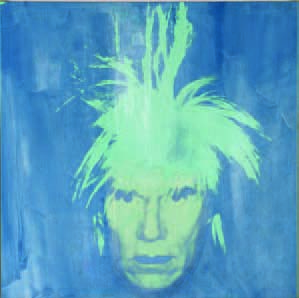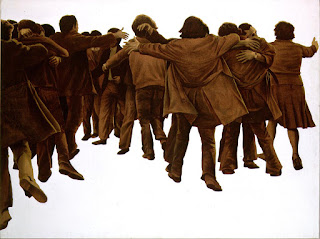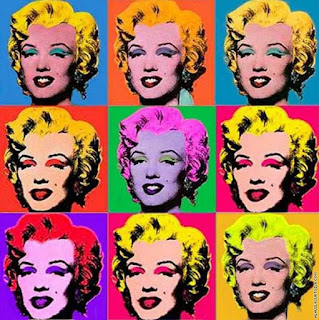I'm going to speak about The Catcher in the Rye, a novel written by american author J.D. Salinger in 1951. The novel is mostly set in NYC and Pennsylvania. The narrator is a sixteen boy called Holden Caulfield, and the story begins the day he decides to run away from his boarding school and go back home, to NY, by his own feet. During his journey he discovers the "underground" life of New York as he sort of loses his mind slowly. The novel was at first destinated to adults, but it has become a classic for teenagers too. Holden Caulfield has been since then the most iconic figure of teenage rebellion, he embodies hate, love and naivety.
Let's give a quick definition of the notion we're working on: "Myths & Heroes". A myth could be defined as an idea or story that is believed by many people but that is not true. And a hero is the protagonist of a story, the principal male or female character in a novel, poem, or dramatic presentation.
In this particular novel we won't be talking about a hero, but an anti-hero. The anti-hero is a leading character in a film, book, or play who lacks some or all the traditional heroic qualities, such as altruism, idealism, courage, nobility, fortitude, and moral goodness.
Holden is the perfect exemple of the anti-hero because even if he has high expectations about life and others, he is a bit of a depressive person. He's a very negative person who always sees that glass half empty, he doesn't look forward to finishing his studies and changes school often because he is unable to focus on his duty as a teenager student. He is also very naive, mostly because of his little sister's influence on his life. Holden believes everything that he is told, this is illustrated in the elevator incident. Even if he isn't the perfect prototype of hero, Holden is a caring person, he believes in love and has a bit of a romantic attitude.
This novel illustrates the myth of the "teenage rebellion". It is believed and has been psychologically studied that teenagers have to go through a process of rebellion against their elders in order to develop an independent identity. In his journey home, Holdes goes through this process. He faces his parents and his teachers and discovers the undergroud world of NYC on his own. He learns independance but remind us tha,t in the end we still need our parents to take care of us.
This novel illustrates the myth of the "teenage rebellion". It is believed and has been psychologically studied that teenagers have to go through a process of rebellion against their elders in order to develop an independent identity. In his journey home, Holdes goes through this process. He faces his parents and his teachers and discovers the undergroud world of NYC on his own. He learns independance but remind us tha,t in the end we still need our parents to take care of us.










